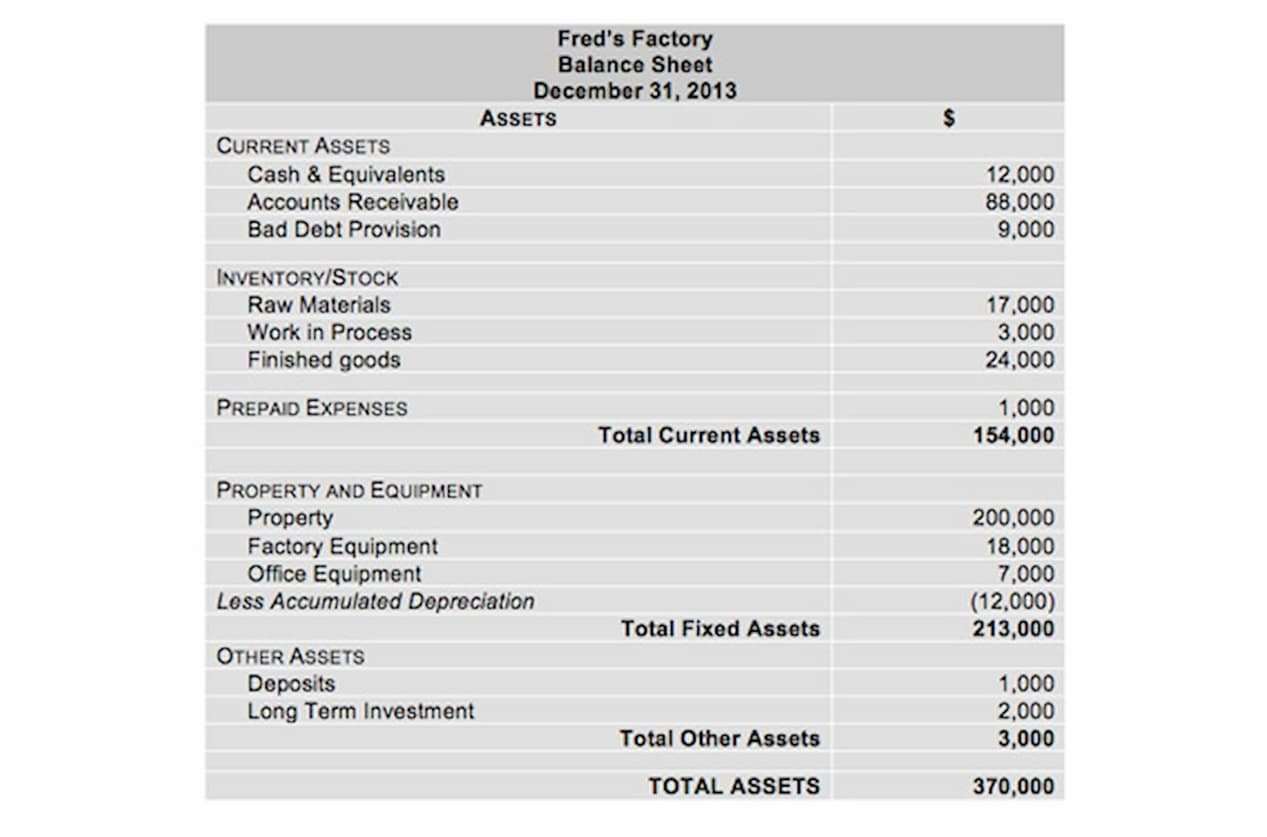
This includes keeping receipts, invoices, and other documentation that can prove the expense was for business purposes. If you had a loss or small amount of income from your self-employment, it may be to your benefit to use one of the two optional methods to compute your net earnings from self-employment. Refer to the Instructions for Schedule SE (Form 1040) PDF to see if you qualify to use an optional method. An optional method may give you credit toward your Social Security coverage or increase your earned income credit or the child and dependent care credit. Kemberley Washington is a tax journalist and provides consumer-friendly tax tips for individuals and businesses.
Have Questions About Your Taxes?
You may need to pay self-employment tax if you’re a freelancer, an independent contractor or a small-business owner. Here’s what self-employment tax is, how it works and how you can save. See, when employers pay half of their employees’ FICA tax, they get to deduct that amount as payroll tax expense.

Personal Products
A self-employed person does not draw a true wage, so there is no FICA withholding. Instead, the self-employed person pays self-employment tax of 15.3%. The tax is assessed on 92.35% of the person’s self-employment income. Multiply the number from step two (or $168,600 if the number is $168,600 or above) by 12.4%. Add the two figures together to get your total self-employment tax.
How to Calculate Self-Employment Taxes
This form includes sections for calculating your net earnings and your self-employment tax liability. It also includes a section for deducting the ’employer’ portion of the self-employment taxes. Self-employment taxes are reported and paid using Schedule SE (Form 1040), which is filed with your federal tax return. This form is used to calculate your self-employment tax liability and to report that amount to the IRS. If you drive for a ride-hailing app, work a side gig or otherwise own a small business, you may have to pay self-employment taxes. These are based on your net earnings, which is your income minus qualified business expenses.

The form also includes vouchers to include when mailing your payment. If you prefer to pay online using IRS Direct Pay, you won’t need a voucher (or a stamp). Next, multiply your self-employment taxable income by the 15.3% self-employment tax rate. This is because in a traditional employment setting, the employer would pay half of these taxes.
- This is because a taxpayer’s FICA burden is split 50/50 between employee and employer; for standard W-2 employees, their employers must contribute half of their total FICA tax burden.
- Next, multiply your self-employment taxable income by the 15.3% self-employment tax rate.
- Uncover the ins and outs of self-employed deductions and gain a clear understanding of what qualifies as a business trip.
- Or if you just want help calculating, check out our free self-employment tax calculator.
- As a self-employed individual, you are considered both the employer and the employee, hence you are responsible for the entire amount.
- If your self-employment income is $400 or more during the year, you are required to pay self-employment taxes and file Schedule SE with your Form 1040, which is generally due by April 15.
Deductions available to self-employed workers

To calculate your self-employment tax, start by finding your net earnings from self-employment. You can calculate your net earnings for tax purposes by subtracting your business expenses from business income. This is generally done by filling out a Schedule C as part of IRS Form to calculate the taxpayers net earnings from self-employment, 92.35% is multiplied by: 1040, your federal income tax return. Schedule C must be completed by sole proprietors, independent contractors, and other small business owners as part of their tax filing. They also have to pay self-employment tax, which consists of Medicare and Social Security taxes.
Once you determine your self-employment tax, you can claim a self-employment tax deduction equal to 50% of your total self-employment tax. Company X’s books will show $10,000 of salary expense, and $765 of payroll tax expense for FICA. FICA taxes are withheld from employee wages and fund the employee’s Social Security and Medicare benefits.
Employee Benefits
- Individuals who make more than $400 from self-employment owe self-employment taxes because their employers are not paying Social Security and Medicare taxes for them.
- Self-employment (FICA) tax is a combination of social security and Medicare taxes that is paid in addition to income tax.
- Self-employment tax (or SE tax) is the Social Security and Medicare tax (health insurance) paid by self-employed individuals.
- The first installment of estimated taxes for tax year 2024 is due April 18.
- You report your self-employment tax using Schedule SE, which is attached to your Form 1040 when you file it.

No comment